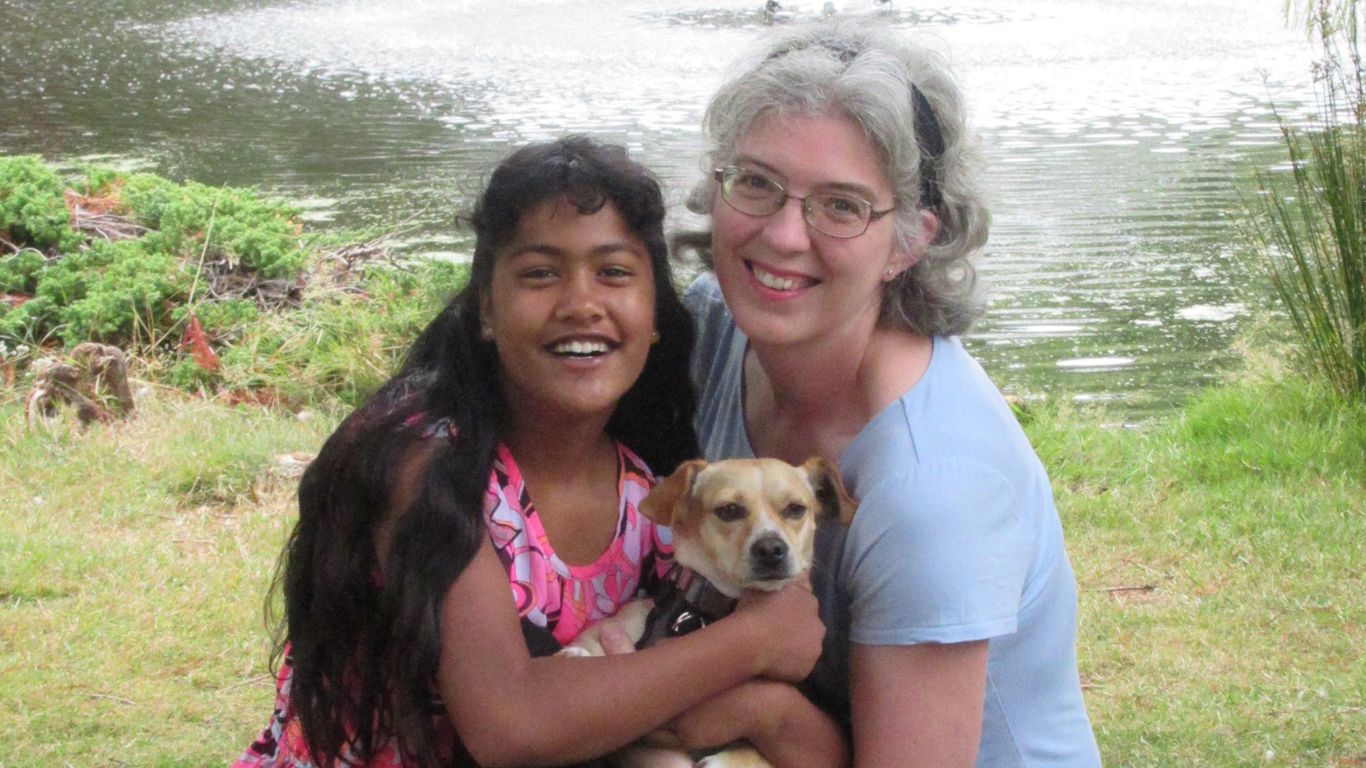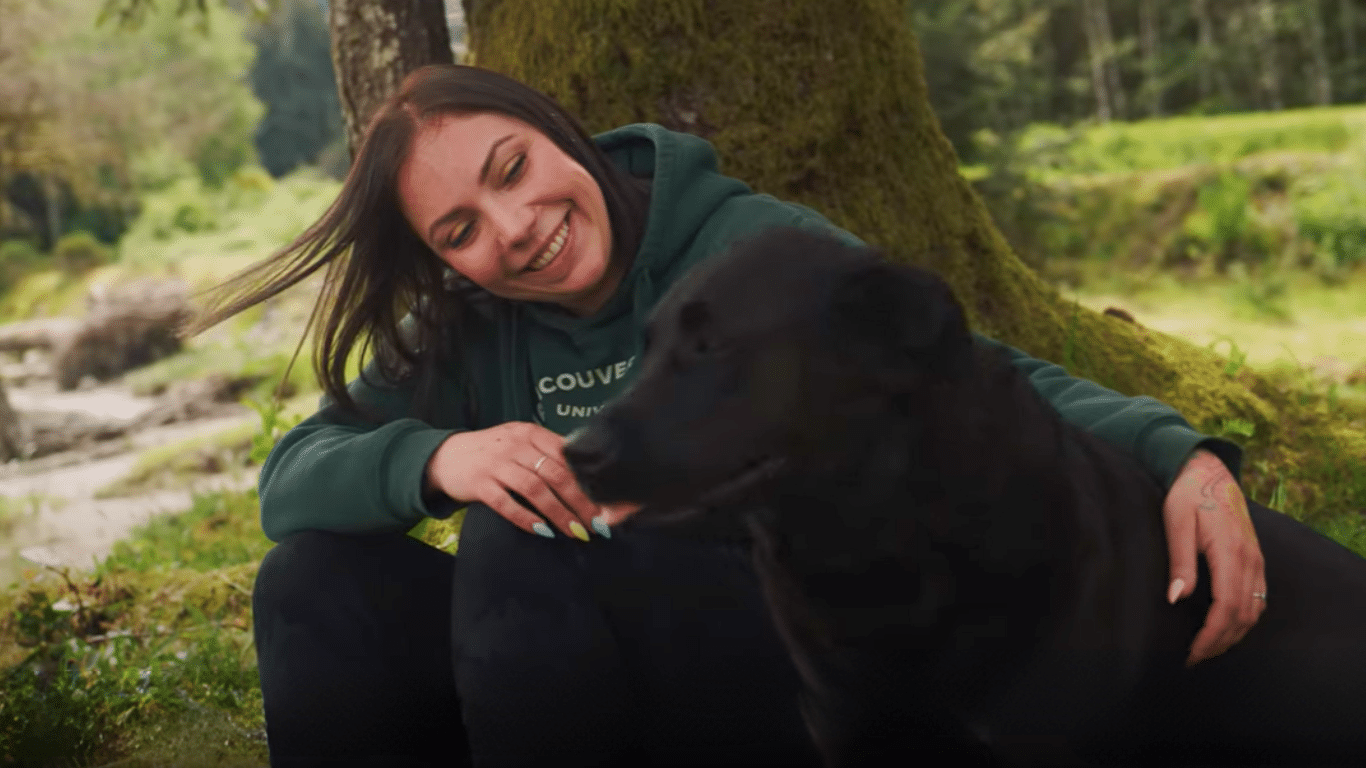About six years ago, we decided it was time to start building our family. When the old-fashioned way didn’t work for us, I began researching international adoption. The enormous costs, as well as the health problems many children face, were discouraging, so I spoke with our doctor about other options. He referred us to a fertility specialist. Our unsuccessful efforts brought us back to adoption.
When I called the Ministry of Children and Family Development (MCFD), the social worker recommended that we contact licensed adoption agencies and provided a list of phone numbers, but I also requested a Ministry application.
Prior to reading the Ministry package, we thought special needs meant severe mental or physical disabilities. We were surprised to find the definition was much broader (including children older than two, sibling groups, and many others) and to explore which needs we could deal with. The thought of waiting up to nine years to begin our family with an infant, at our ages, was critical in our decision to adopt an older child. The hardest part was deciding how old a child to adopt; we decided on infancy to four years.
Once our application was in the mail, we needed to attend an adoption education program and undergo a home study. As the first available education program did not work with our schedules, we waited for the next one, so from application to beginning the program took nine months.
Although the home-study process seemed frightening beforehand – you have someone evaluating your home, lifestyle, and relationships with spouse, family, and friends – our experience was enjoyable and our social worker made us feel comfortable from the get-go.
The whole process took about three months, and the day it was completed our son was proposed to us. He was 20 months old, with Neonatal Abstinence Syndrome (NAS), asthma, and a positive test for hepatitis c. The NAS was not a huge concern for us, as we had done a lot of reading and talked with people who had adopted or fostered NAS children, but the hepatitis c was a whole other ball of wax.
There is not a lot of information available pertaining to children with this disease, especially contracted in the womb. The best sources were the Canadian Liver Foundation and our family doctor. He provided a lot of information and assured us that if this little boy did have hep C, it would not necessarily mean a liver transplant or painful drug therapies. We were advised to keep his lifestyle healthy with a balanced diet, vitamins, and adequate rest, and to talk to him about how drinking and drugs could affect him differently than other people. With these precautions, our doctor assured us that he should live a long, productive life.
There was also a 50% chance that our son’s hep C test had been a false positive. He had been tested at birth, which meant it may have been maternal blood that was positive rather than his own. Our son was recently re-tested and found to be negative, so his only health concern is asthma.
From proposal to placement took about three months. This delay was ours, due to our research and a death in my family. We made our decision in early June, began visits with him and his foster family, and brought him home on June 24, 1999. We have an openness agreement with his foster family, and his maternal grandmother, who lives in another province, sends him letters and pictures. We will begin phone calls when he is older and understands better how he became our son.
The change in our lives after placement was amazing. Our first hurdle was his sense of loss over his foster family. But by the time he’d been with us for three months, he knew us as mom and dad and his foster parents by their given names.
Getting to know our son’s personality and establishing our own schedule with him was challenging, especially because we went from no children to a two-year-old. But our support network was there for good times and bad. There are no words to express how much our MCFD social worker has come to mean to us, keeping us sane by giving us the support we need when we need it. Also, a small group from our education program meets monthly. It’s great to share experiences with them.
For us, the process from application to placement took just under two years. Although we’ve heard discouraging stories about both MCFD and private adoptions, our adoption journey was not unpleasant. This is our life. Other people are entitled to their opinions, but opinions they are — nothing more. The responsibility of building a family through adoption rests with the individuals directly involved.
Our son is the best thing that’s ever happened to us. He is accepted by every member of our families, and gets mail from back east from his great aunts and uncles and second cousins. Even our sister-in-law’s mother asked that he call her grandma. He is great buddies with his one-year-older cousin, and with our neighbour’s grandson, who is his age.
We recommend Ministry adoptions to anyone who asks. If we had to do it again, we wouldn’t change a thing. When the time comes to expand our family, we will use the same resources and would not hesitate to accept a child with hep C.
The author of this article asked to remain anonymous in order to protect her child’s right to privacy.





